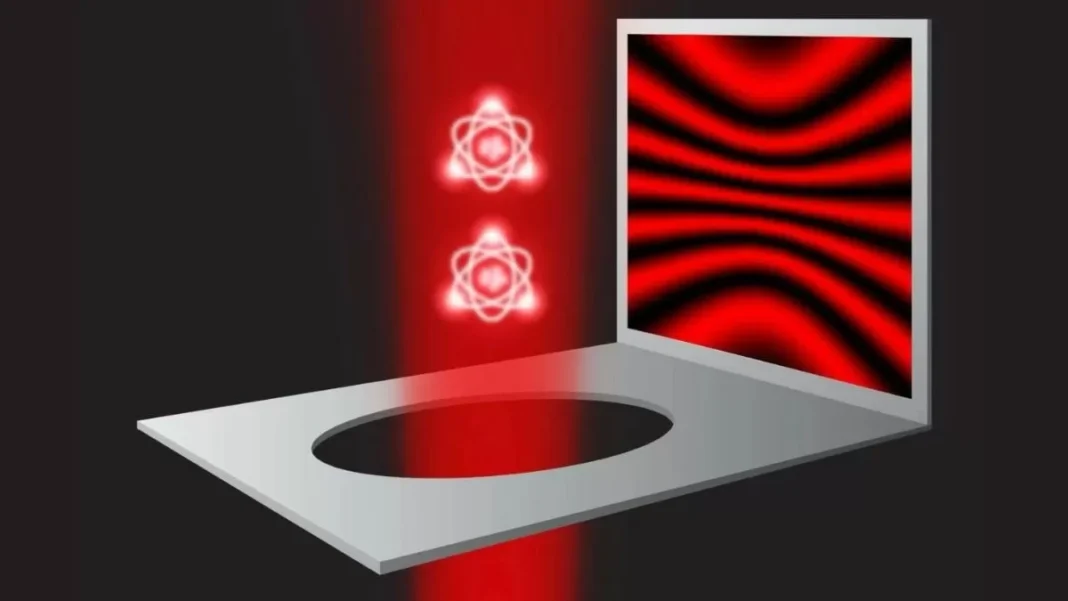MIT scientists have recently conducted a groundbreaking experiment that has shed new light on the mysterious world of quantum mechanics. The experiment, which is a more precise version of the famous double-slit experiment, was carried out using ultracold atoms and has provided strong evidence for the concept of quantum indeterminacy.
The double-slit experiment, first conducted in the early 1800s, has long been a cornerstone of quantum mechanics. It involves firing particles, such as photons or electrons, through two parallel slits and observing the resulting interference pattern on a screen. This experiment has baffled scientists for centuries, as it seems to suggest that particles can behave like waves and exist in multiple places at once.
In the latest version of this experiment, MIT scientists used ultracold atoms, which are atoms that have been cooled to near absolute zero, to mimic the behavior of particles in the quantum world. By using these ultracold atoms, the researchers were able to achieve a level of precision that was previously thought to be impossible.
The results of this experiment have provided strong support for the Copenhagen interpretation of quantum mechanics, which was proposed by Danish physicist Niels Bohr in the 1920s. This interpretation states that particles do not have definite properties until they are observed, and that the act of observation itself affects the behavior of the particles.
These findings have also challenged the belief of renowned physicist Albert Einstein in deterministic realism. Einstein believed that there must be hidden variables that determine the behavior of particles, and that the randomness observed in quantum mechanics was simply a result of our lack of understanding.
However, the results of this experiment have reinforced Bell’s theorem, which states that there are no hidden variables and that quantum mechanics is inherently probabilistic. This means that the behavior of particles cannot be predicted with certainty, and that there will always be an element of randomness in the quantum world.
This experiment has significant implications for our understanding of the fundamental nature of reality. It offers robust evidence for the concept of quantum indeterminacy, which has long been a subject of debate among scientists. It also challenges our traditional understanding of cause and effect, as it suggests that the act of observation can influence the behavior of particles.
The implications of this experiment go beyond the realm of physics and have implications for other fields such as philosophy and psychology. It raises questions about the nature of reality and our perception of it. It also has potential applications in fields such as quantum computing and cryptography.
The success of this experiment is a testament to the incredible advancements in technology and scientific understanding that have been made in recent years. It also highlights the importance of continued research and experimentation in the field of quantum mechanics.
The team of scientists at MIT who conducted this experiment have made a significant contribution to our understanding of the quantum world. Their dedication and hard work have led to groundbreaking results that have the potential to revolutionize our understanding of the universe.
In conclusion, the most precise version of the double-slit quantum experiment conducted by MIT scientists using ultracold atoms has provided strong evidence for quantum indeterminacy and challenged Einstein’s belief in deterministic realism. This experiment has reinforced Bell’s theorem and has significant implications for our understanding of reality. It is a testament to the incredible advancements in technology and scientific understanding and highlights the importance of continued research in the field of quantum mechanics.



